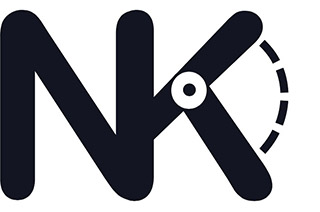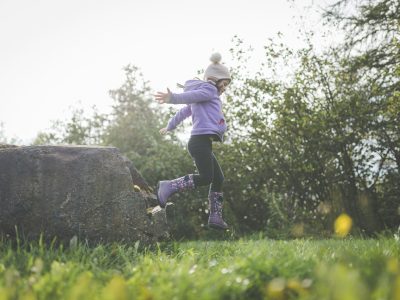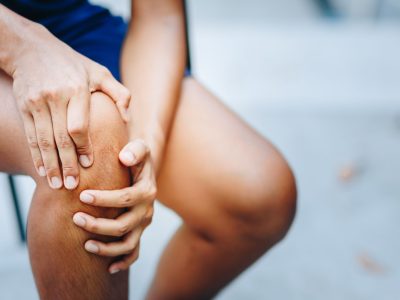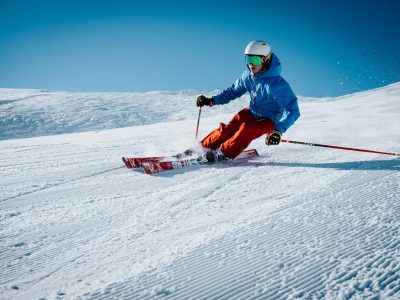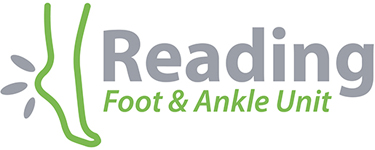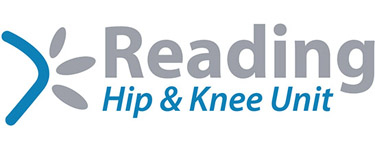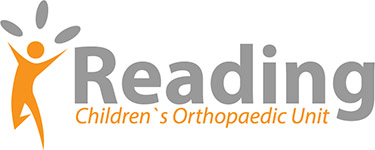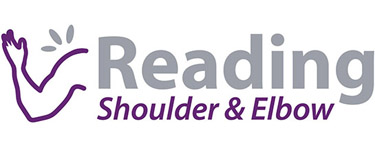Freiberg’s Condition
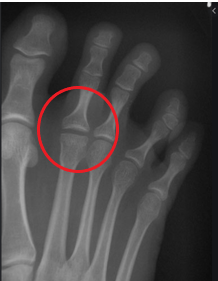 Nev Davies
Nev Davies
Reading Children’s Orthopaedic Unit & Reading Foot and Ankle Unit
What is Freiberg’s condition?
This is a foot problem that most commonly affects the head of the second metatarsal bone (one of the long bones in the middle of the foot).
What is the cause?
The cause is actually unknown, but there are several theories. The result is that the blood supply to a specific small area of bone under the joint surface is disrupted, and hence that area of bone crumbles away. The dome shaped joint surface can then flatten out.
What are the symptoms?
As the head of the bone becomes flattened at the joint surface, (see white line on X ray picture) there is an associated inflammation (synovitis) of the lining of the joint causing swelling and pain. This pain is usually aggravated with activities, as the joint involved is being moved. You might also notice swelling in the area and tenderness at the front of the foot.
How is it diagnosed?
Freiburg’s is diagnosed on X-rays (red circle shown).
What is the natural progression?
In most cases this condition improves by itself without treatment. The blood supply re-establishes itself and the bone heals and reforms. This process can however take about two years, but by adulthood the foot causes few symptoms. More complex cases can be complicated by the bone and joint surface breaking down, which can lead to early arthritis in that joint.
What are the treatment options?
Non-operative: In the first instance non-operative treatments are used to relieve symptoms and allow healing of the bone. These include avoiding activities that cause the pain to flare up, use of orthotics (shoe inserts) to take pressure off the painful area and wearing comfortable, well-padded shoes with plenty of room for the toes. It is important to avoiding high-heeled shoes as they can put more pressure on the damaged area.
Surgery: Operations for this condition are usually only required for the more complex cases that do not settle. Surgery is only considered for those patients who still have problems despite trying all the non-operative treatments first. It is usually done as a day case under a general anaesthetic (your child will be asleep). For more information, please see the separate information leaflet.
